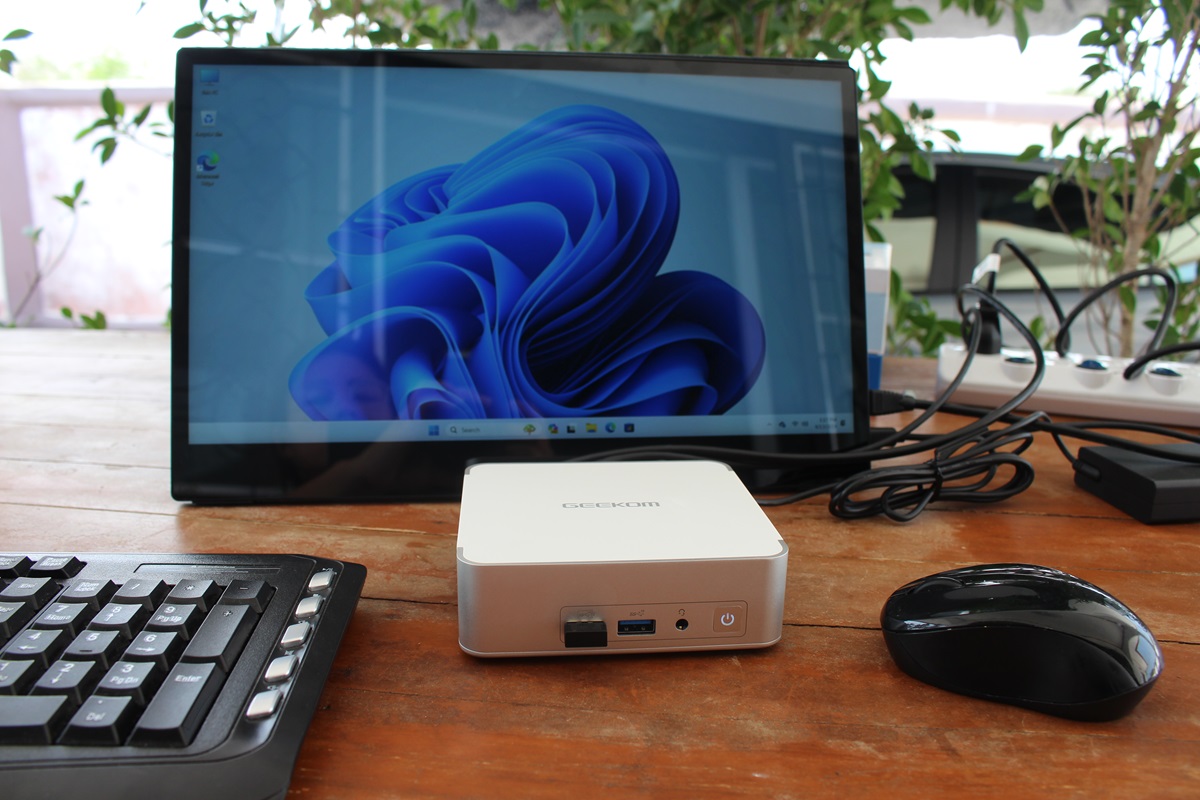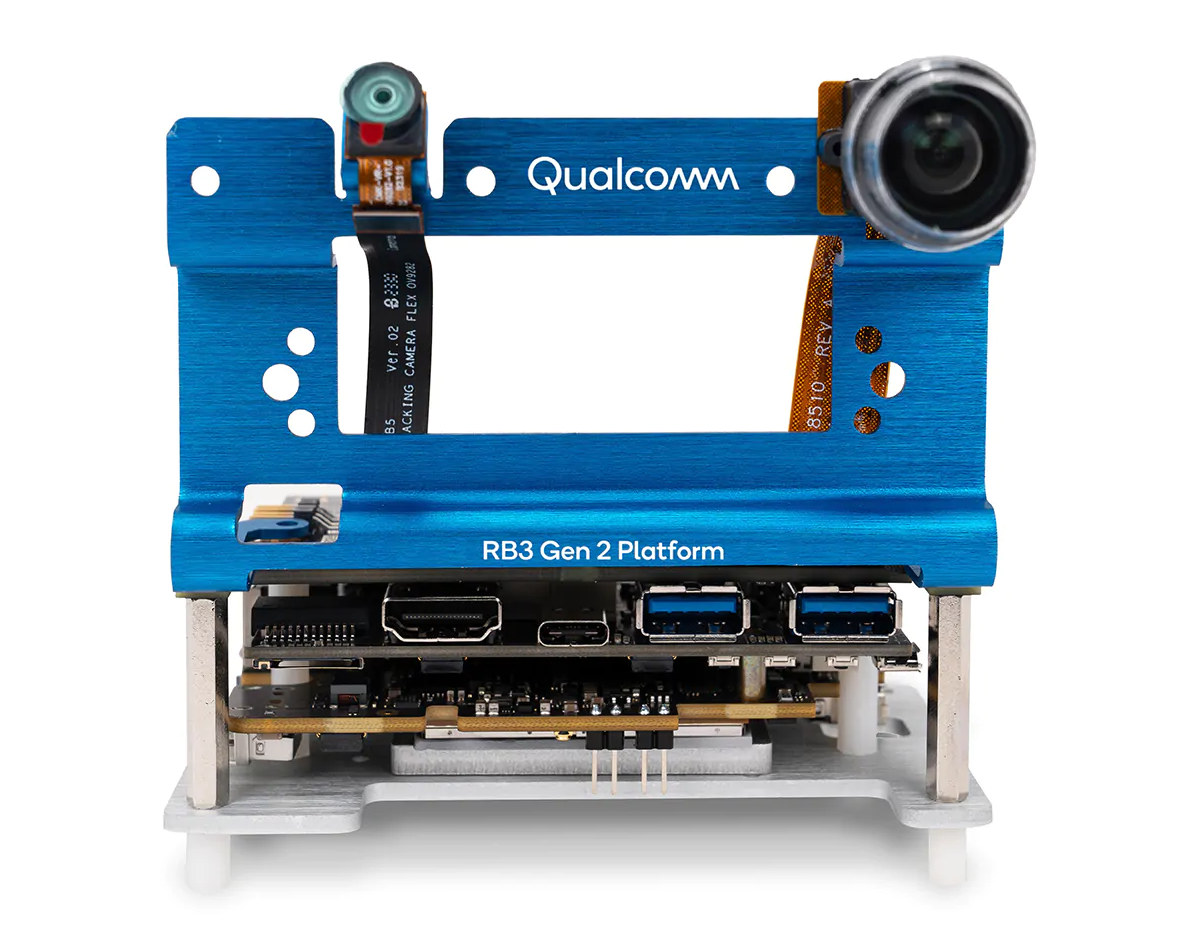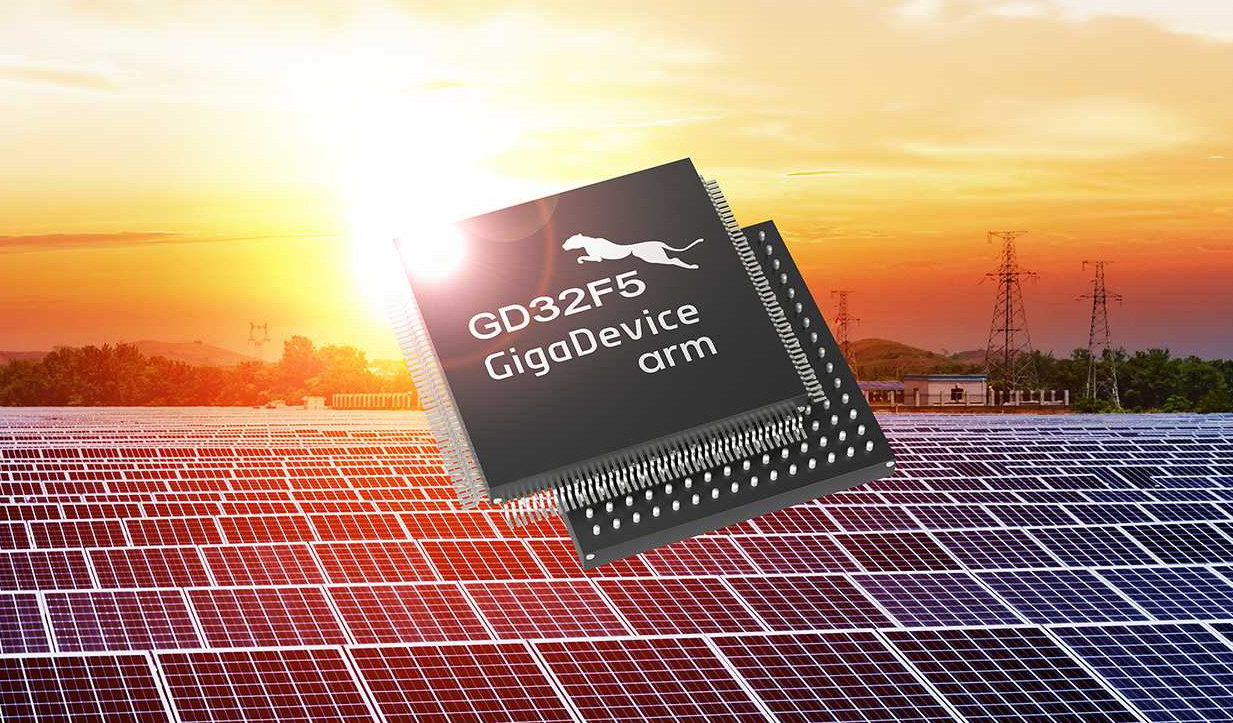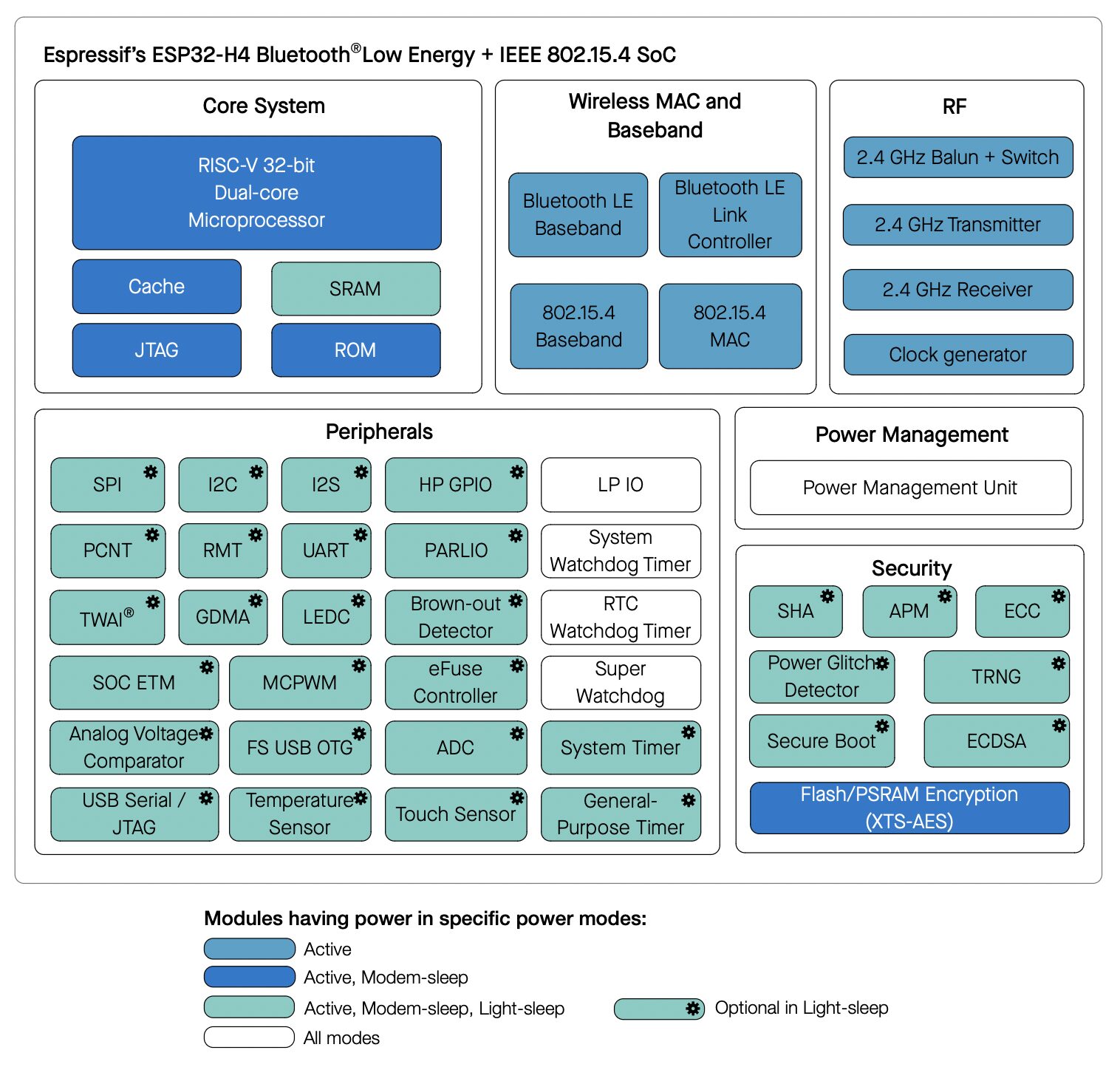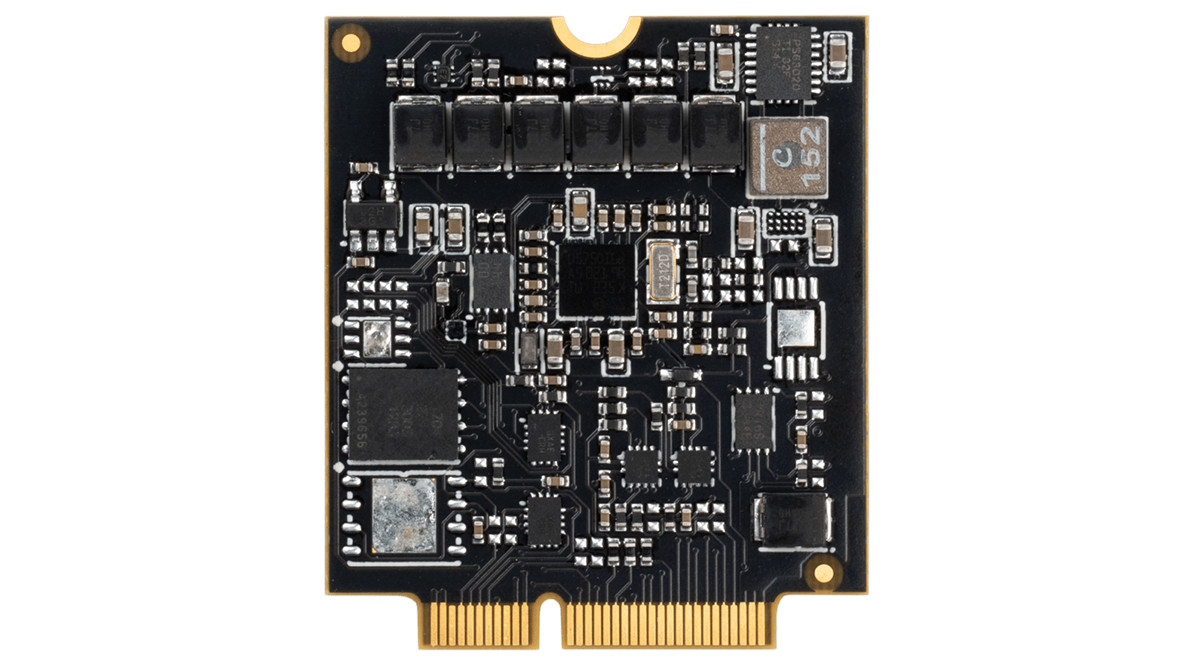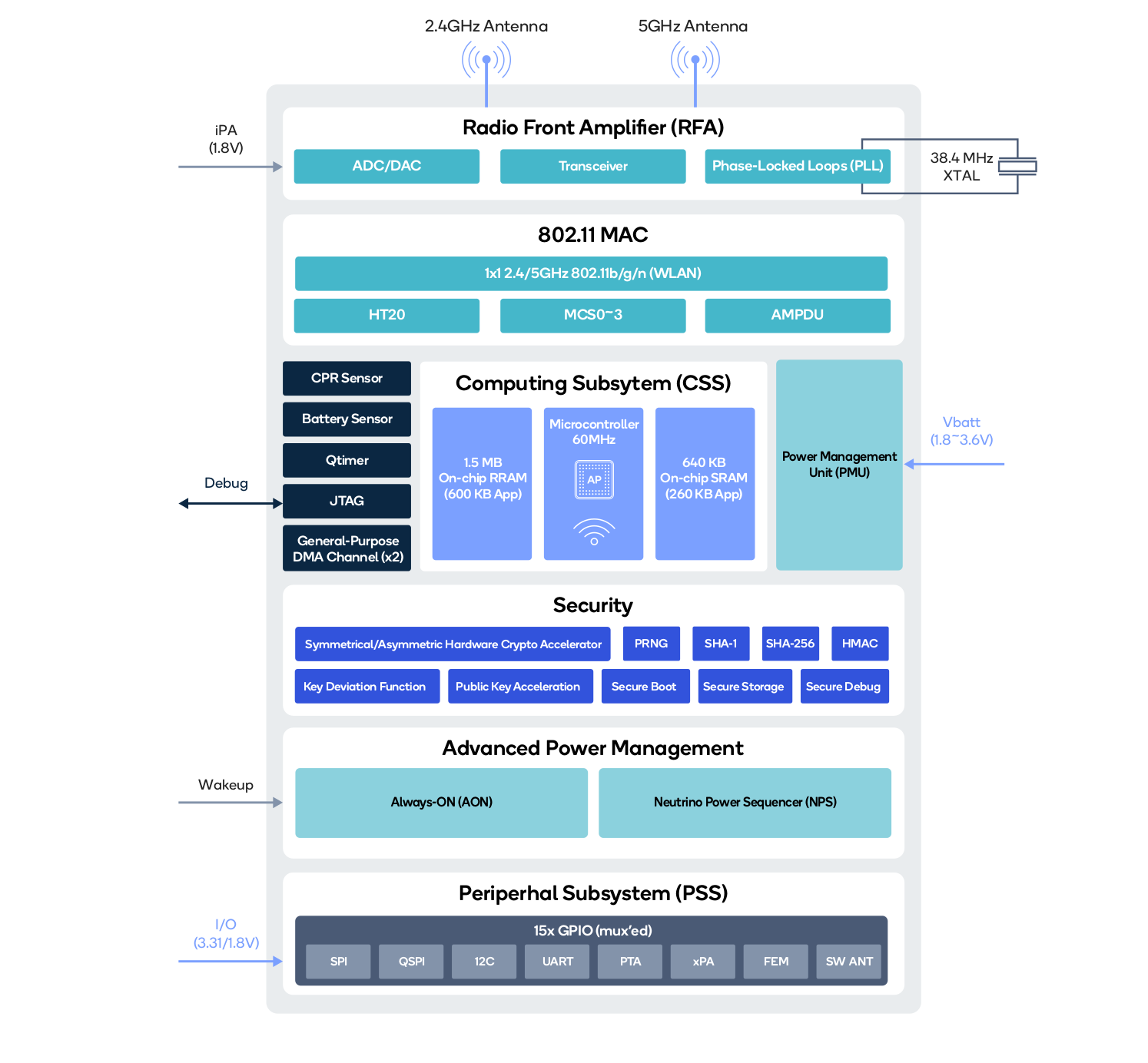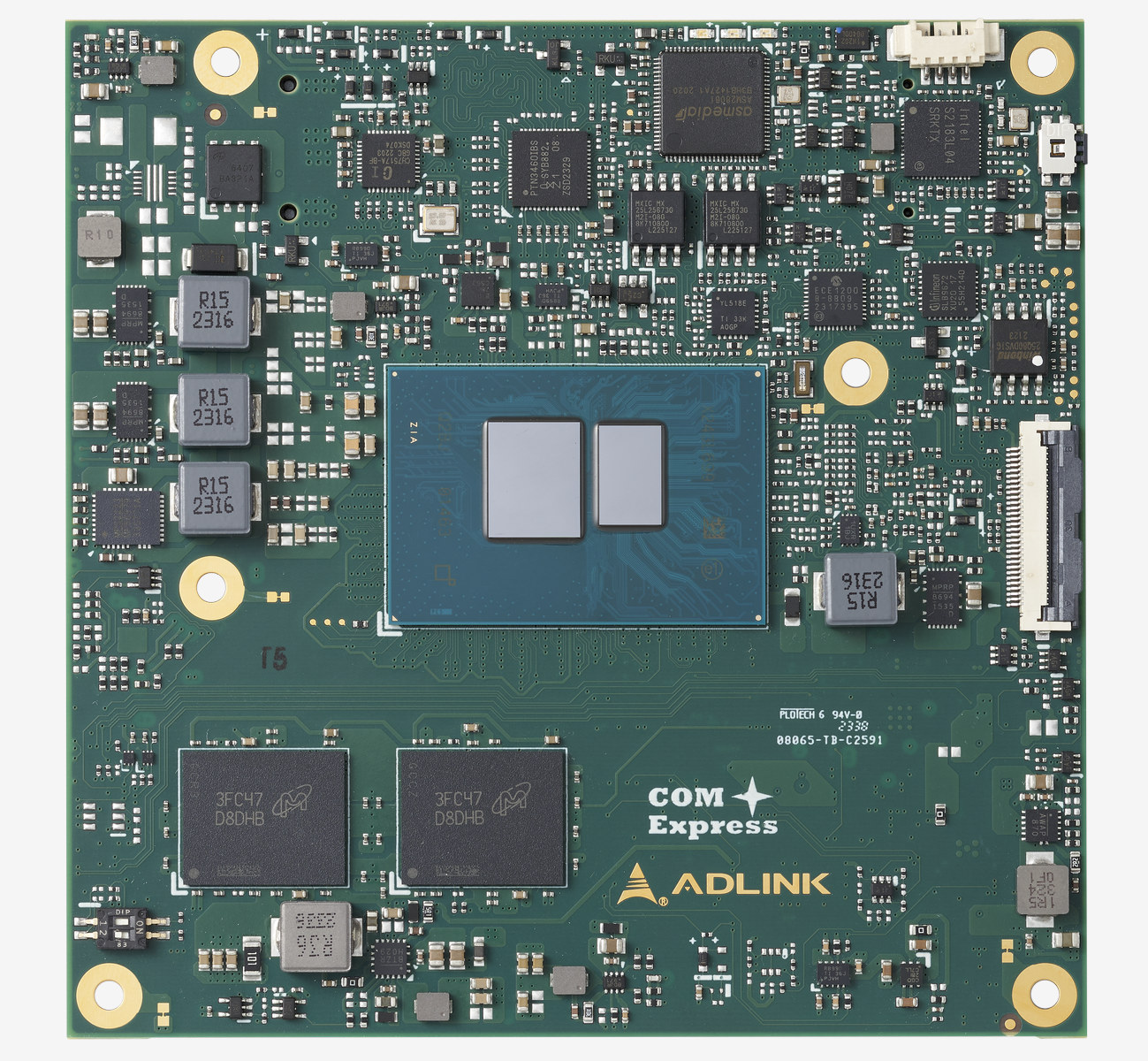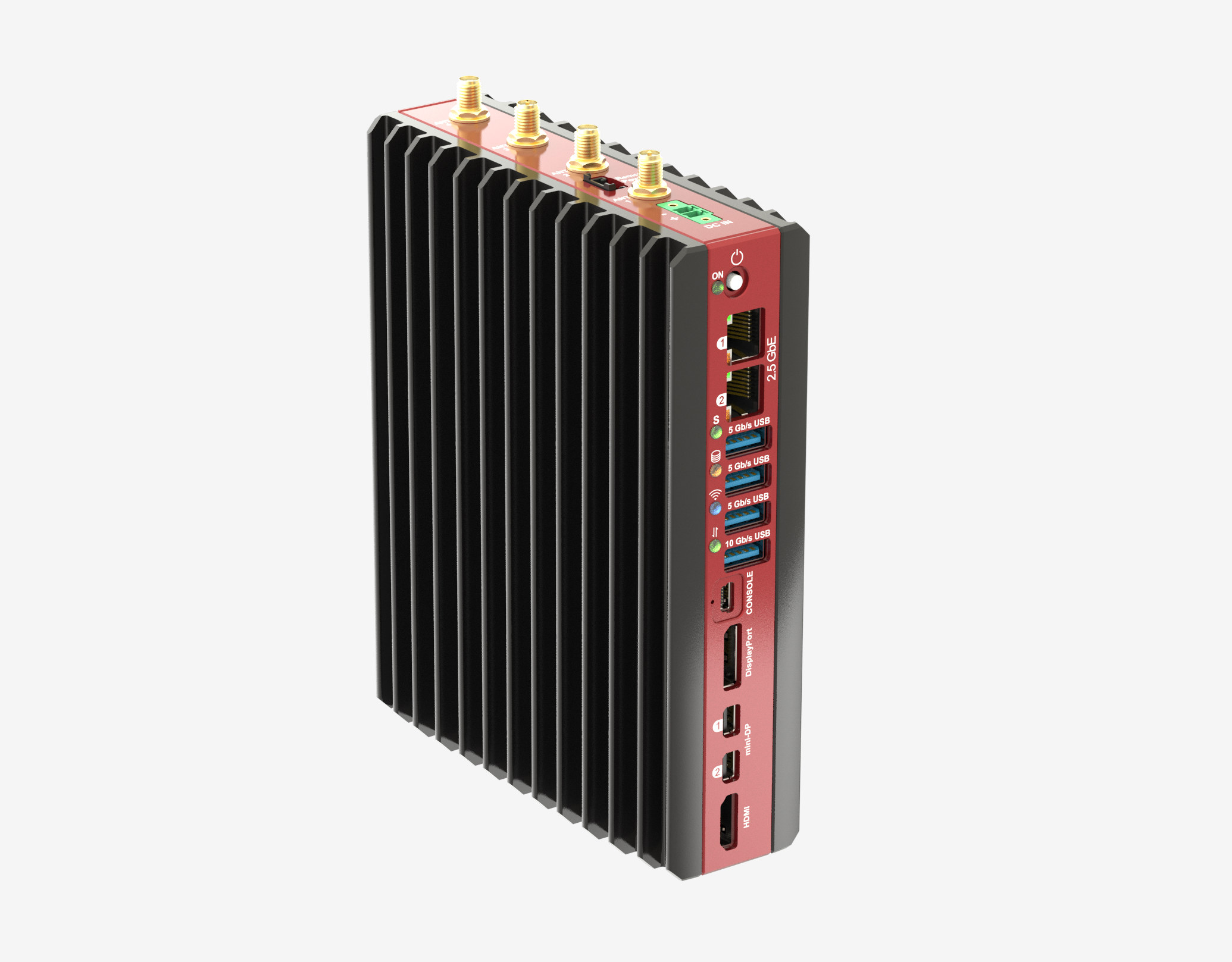GEEKOM XT12 Pro is a Windows 11 Pro mini PC powered by a 12th Gen Intel Core i9-12900H 14-core Alder Lake processor clocked up to 5 GHz with support for 8K video output, up to four 4K displays, 2.5Gbps Ethernet, and a WiFi 6E and Bluetooth 5.2 wireless module. The mini PC supports up to 64GB DDR4 memory, 2TB M.2 NVMe SSD, and 1TB M.2 SATA SSD, and also comes with multiple USB ports (USB4, USB 3.2, and USB 2.0), a 3.5mm stereo audio headset jack, and a Kensington lock slot. GEEKOM has sent us an XT12 Pro mini PC with 32GB RAM and a 1 TB M.2 NVMe SSD for review. Today, we’ll go through the GEEKOM XT12 Pro specifications, do an unboxing to check the mini PC’s ports and accessories, perform a teardown to understand the hardware design better, and finally give it a try with Windows 11 […]
Qualcomm RB3 Gen 2 Platform with Qualcomm QCS6490 AI SoC targets robotics, IoT and embedded applications
Qualcomm had two main announcements at Embedded World 2024: the ultra-low-power Qualcomm QCC730 WiFi microcontroller for battery-powered IoT devices and the Qualcomm RB3 Gen 2 Platform hardware and software solution designed for IoT and embedded applications based on the Qualcomm QCS6490 processor that we’re going to cover today. The kit is comprised of a QCS6490 octa-core Cortex-A78/A55 system-on-module with 12 TOPS of AI performance, 6GB RAM, and 128GB UFS flash connected to the 96Boards-compliant Qualcomm RBx development mainboard through interposer, as well as optional cameras, microphone array, and sensors. Qualcomm QCS6490/QCM6490 IoT processor Specifications: CPU – Octa-core Kryo 670 with 1x Gold Plus core (Cortex-A78) @ 2.7 GHz, 3x Gold cores (Cortex-A78) @ 2.4 GHz, 4x Silver cores (Cortex-A55) @ up to 1.9 GHz GPU – Adreno 643L GPU @ 812 MHz with support for Open GL ES 3.2, Open CL 2.0, Vulkan 1.x, DX FL 12 DSP – Hexagon […]
GigaDevice announces GD32F5 Cortex-M33 microcontroller targeted at high-performance applications
GigaDevice has officially launched the GD32F5 microcontroller series based on the Arm Cortex-M33 core. The Arm Cortex-M33 core has a maximum operating frequency of 200MHz and a working performance of up to 3.31 CoreMark/MHz. It also comes with a digital signal processing extension and a single-precision floating-point unit to reduce the load on the core. The GD32F5 microcontrollers are designed for high-performance applications and come equipped with up to 7.5MB on-chip flash, 1MB static RAM (SRAM), and diverse connectivity peripherals. The on-chip flash includes a zero-wait execution area (code flash) to improve code processing efficiency and real-time performance, and sizable data flash space for storing backups and parameters. The products support seamless OTA updates with a maximum of 2MB for Read-While-Write (RWW) operations. According to GigaDevice, the GD32F5 series is expected to find applications in “energy and power management, photovoltaic energy storage, industrial automation, programmable logic controllers (PLC), network communication […]
ESP32-H4 low-power dual-core RISC-V SoC supports 802.15.4 and Bluetooth 5.4 LE
Espressif Systems has formally announced the ESP32-H4 low-power dual-core 32-bit RISC-V wireless microcontroller with support for 802.15.4 and Bluetooth 5.4 LE portfolio after having unveiled it at CES 2024. It’s the first Espressif chip to support Bluetooth 5.4 LE with previous models such as ESP32-H2 or ESP32-C6 only supporting Bluetooth 5.0/5.2. Besides BLE 5.4 support, the new ESP32-H4 dual-core RISC-V WiSoC is an evolution of the ESP32-H2 single-core chip with PSRAM support (up to 4MB built-in), additional GPIOs (36 vs 24), touch sensing GPIOs, and some extra security features such as a power glitch detector also found in the recently announced ESP32-C61. ESP32-H4 specifications: CPU – Dual-core 32-bit RISC-V core (at up to 96 MHz) RAM – 320KB KB SRAM, optional PSRAM up to 4MB Storage – 128KB ROM, External flash support Wireless connectivity IEEE 802.15.4 radio with Zigbee and Thread support, Matter protocol Bluetooth 5.4 (LE) radio designed in-house, […]
Blues launches $19 Notecard XP cellular IoT module and Notecarrier XP series carrier board
Blues has recently released the latest entry to its Notecard family, the Notecard XP (External Power supply), an updated and more cost-effective version of its existing Notecard Cellular. This new model reduces costs by not including certain components, such as SIM switching hardware, an embedded SIM with a data plan, and conformal coating while retaining all key features and functionalities. These include an Arm Cortex-M4 microcontroller, a three-axis accelerometer, a temperature sensor, and a secure element. Additionally, they have also removed the radio power supply to reduce costs further, bringing the price down to just $19. Alongside this release, Blues has also introduced a new “midband” LTE Cat 1 bis Notecard Cellular model, which features a single antenna design making it more compact and economical. In February this year we have seen Blues announced the Blues Starnote IoT Module, along with the Notecarrier A, B, F, and Pi series of […]
Qualcomm QCC730 low-power Arm Cortex-M4F WiFi 4 SoC targets battery-powered IoT applications
Qualcomm has unveiled the “micro-power” QCC730 Arm Cortex-M4F dual-band WiFi 4 microcontroller for the IoT market that targets similar applications as the Espressif ESP32 microcontrollers but potentially at lower power consumption with claims of up to 88% lower power than “previous generations” making it suitable for battery-powered industrial, commercial and consumer applications. To highlight the low-power consumption, the company also mentions that QCC730 devices could become high-performance alternatives to Bluetooth IoT solutions with direct cloud connectivity. Qualcomm QCC730 specifications: CPU core – Arm Cortex-M4F @ 60 MHz Memory/ Storage 1.5 MB RAM, including 600KB for user app (On-chip RRAM (NVM) to host application without the need for an external NOR flash) 640 KB SRAM, including 260KB for user app XiP over QSPI Flash Wi-Fi Standards: 802.11b, 802.11g, 802.11n, 802.11a Spectral Bands: 2.4 GHz, 5 GHz Channels: 20 MHz Antenna Configuration: 1×1 Features: up to MCS3 Interfaces – Master I2C, 15x […]
ADLINK unveils Intel Atom x7000RE & x7000C Amston Lake COM Express and SMARC 2.1 modules
ADLINK has released two Intel Atom X7000RE & x7000C Amston Lake-powered modules with the cExpress-ASL COM Express Type 6 Compact module and the LEC-ASL SMARC 2.1 system-on-module both offered with up to 16GB LPDDR5 soldered-down memory and 2.5GbE networking. The modules are designed for high-performance, low-power, and ruggedized edge solutions running 24/7, and with support for Intel TCC and Time Sensitive Networking (TSN), the modules are also suitable for hard-real-time computing workloads required by use cases such as industrial automation, AI robots, smart retail, transportation, network communication, and more. Intel Atom x7000RE and x7000C Amston Lake processors The announcement came as a surprise because I had never heard about Intel Amston Lake processors so far. It might be because they were just announced and all seven SKUs are embedded parts with two to eight cores, and as a result, they may not quite get as much coverage as consumer processors. […]
SolidRun Bedrock R8000 is the first Industrial PC to feature AMD Ryzen Embedded 8000 series
Israeli embedded systems manufacturer, SolidRun, has recently introduced the Bedrock R8000, a new fanless, Industrial PC targeted at edge AI applications. The Bedrock R8000 integrates the newly-announced AMD Ryzen Embedded 8000 series processors with 8 Zen 4 cores and 16 threads clocked at up to 5.1 GHz. The Ryzen Embedded 8000 Series has a 16 TOPS NPU for AI workloads and offers up to 10 years of guaranteed availability. Also, up to 3 AI accelerators (either Hailo-10 or Hailo 8) can be combined with the onboard NPU to achieve over 100 TOPS for generative or inferencing AI workloads. Apart from the Ryzen Embedded 8000 series, the Bedrock R8000 series also supports other Accelerated Processing Units (APU) in the “Hawk Point” family. The CPU power limit can be adjusted in the BIOS within a range of 8W to 54W. Memory goes up to 96GB DDR5 ECC/non-ECC and three NVME PCIe Gen4 […]


